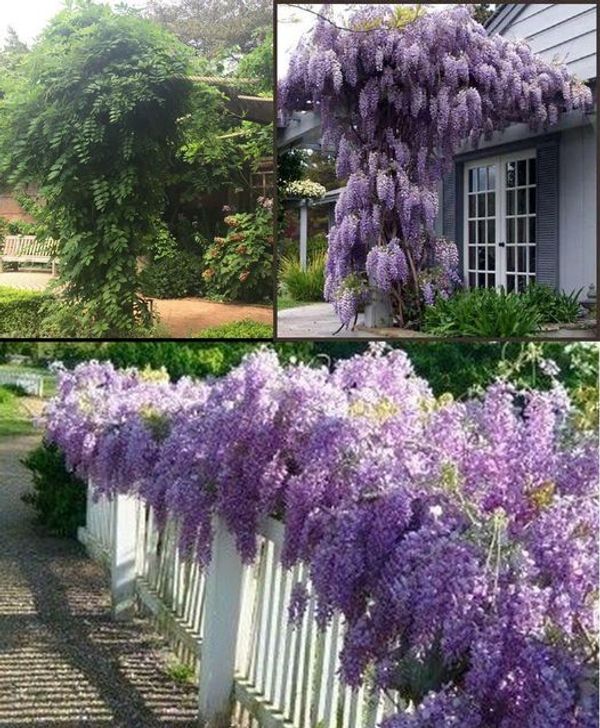If you love gardening or have a passion for plants, it’s important to be aware of the potential dangers of wisteria, especially if you have pets or young children. While this beautiful vine is a sight to behold, it can be risky if ingested.

Wisteria contains poisonous compounds, such as lectins and wisterin glycosides, which can cause severe gastrointestinal distress. These toxins are most concentrated in the seeds and pods of the plant.
In humans, symptoms of wisteria poisoning may include nausea, vomiting, abdominal pain and cramps, diarrhea, and in severe cases, dizziness and confusion.
In animals, symptoms may include drooling, vomiting, diarrhea, lethargy, depression, and loss of appetite.
If you suspect that someone has ingested wisteria, whether it’s a person or an animal, seek immediate medical or veterinary attention. Only induce vomiting if instructed to do so by a professional. In some cases, activated charcoal may be administered to absorb the toxins.
Despite its toxicity, you can still enjoy growing wisteria by taking proper precautions. Here are some safety tips to consider:
Choose the right location: Plant wisteria in areas that are inaccessible to children and pets, such as an enclosed part of the garden or a raised spot that curious hands and paws cannot reach.
Regular maintenance: Prune your wisteria regularly to remove any seed pods that develop. This reduces the chances of accidental ingestion by animals or children.
Educate your family: Make sure your family members, especially children, are aware of the dangers associated with wisteria. Teach them not to touch or consume any part of the plant.
When planning your garden, consider using companion planting techniques with wisteria. This can enhance the beauty and well-being of your garden while managing the risks associated with wisteria. Here are some good companion plants to consider:
- Clematis: This plant complements wisteria with its climbing habit and similar care requirements.
- Annuals and Perennials: Plant a variety of annuals and perennials at the base of wisteria to add color and reduce soil erosion.
- Ground Covers: Strategically place ivy or vinca to help conceal the lower, less attractive parts of the vine.
If you’re concerned about wisteria’s toxicity, gardening in raised beds can provide a great solution. By elevating the plants, you can keep them out of reach of children and pets, adding an extra layer of safety. Raised beds also offer better control over soil conditions, benefiting the overall health of your garden plants.
While wisteria may not be suitable for indoor gardening due to its size and growth habits, it’s important for indoor plant enthusiasts to be aware of the potential risks associated with toxic plants. Always research and ensure that your indoor plants are safe for your living environment.
When designing your garden, prioritize safety alongside aesthetics. Utilize companion planting techniques to create a harmonious ecosystem and carefully consider the placement of potentially hazardous plants. With these considerations in mind, you can create a garden that is both beautiful and safe for everyone to enjoy.




